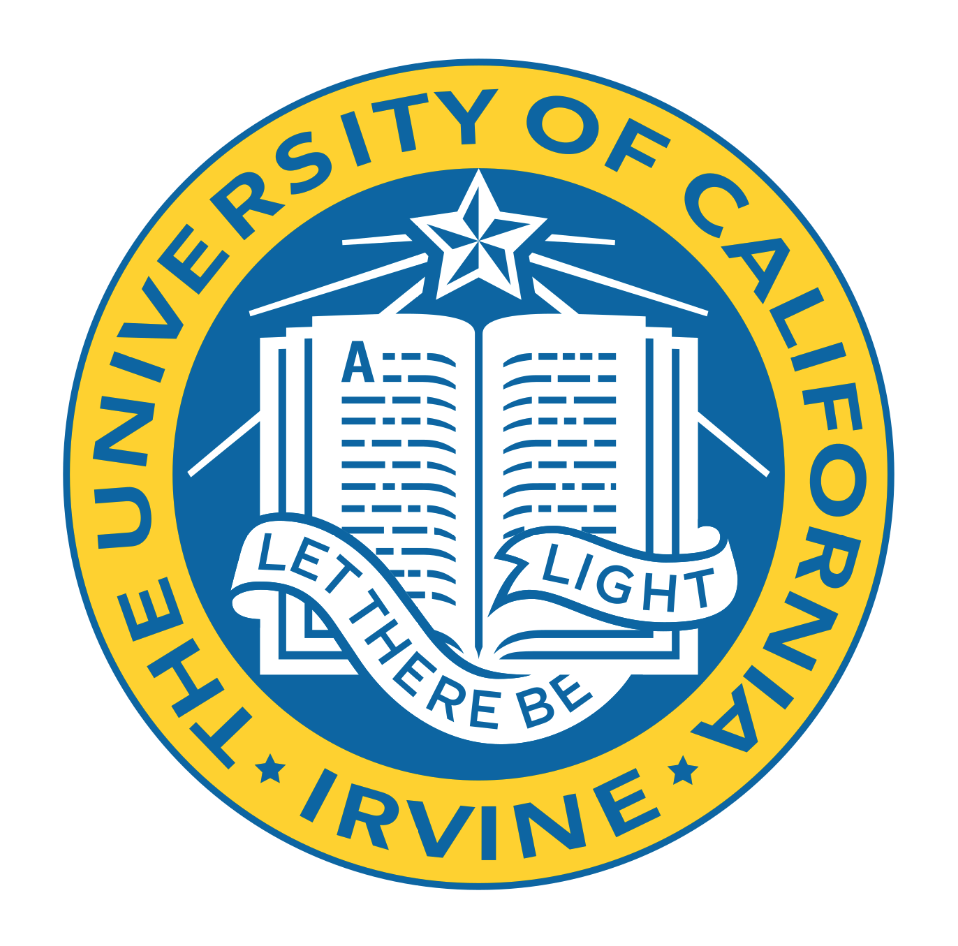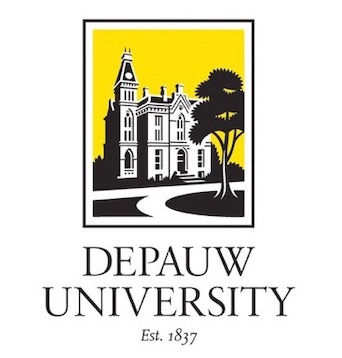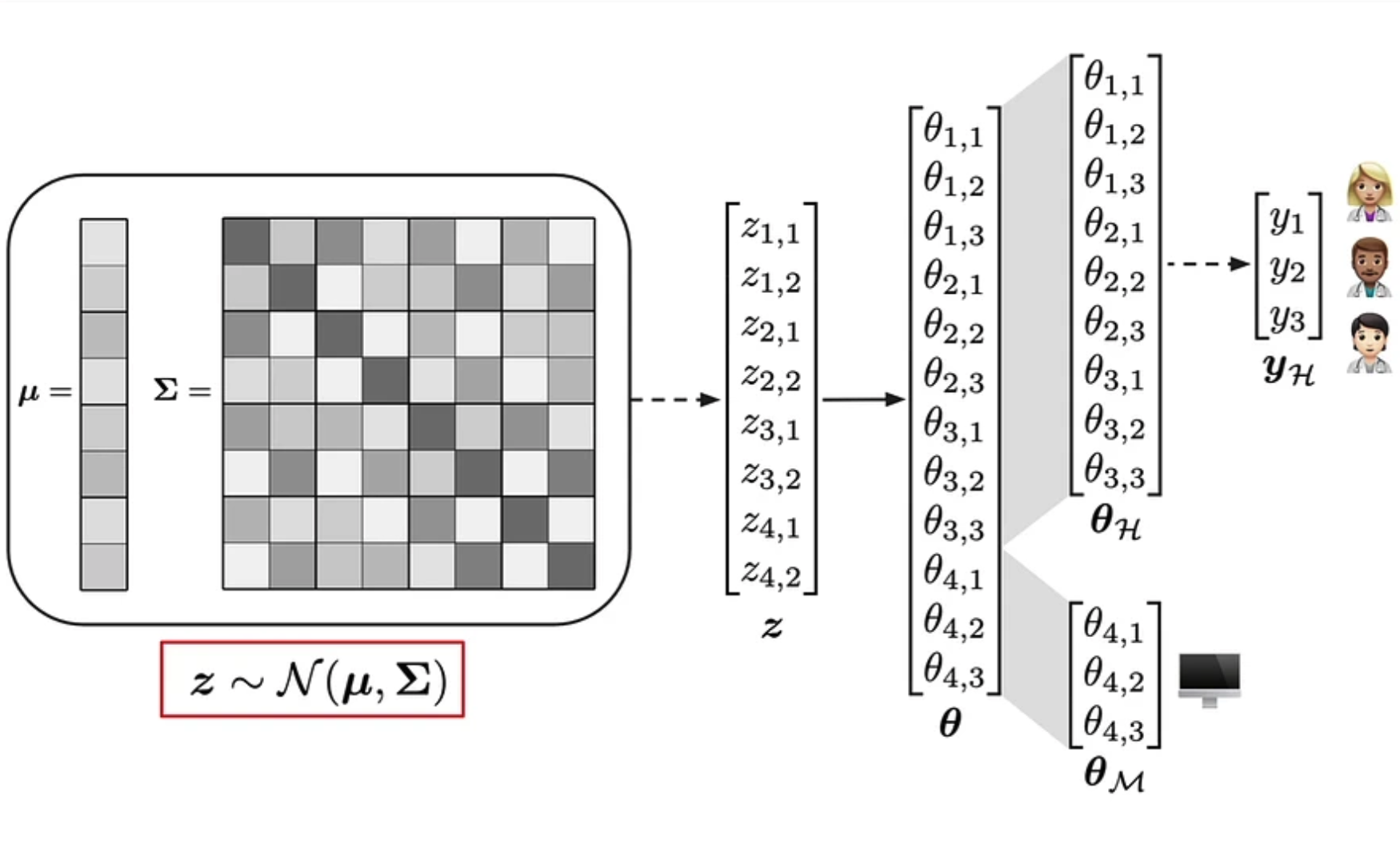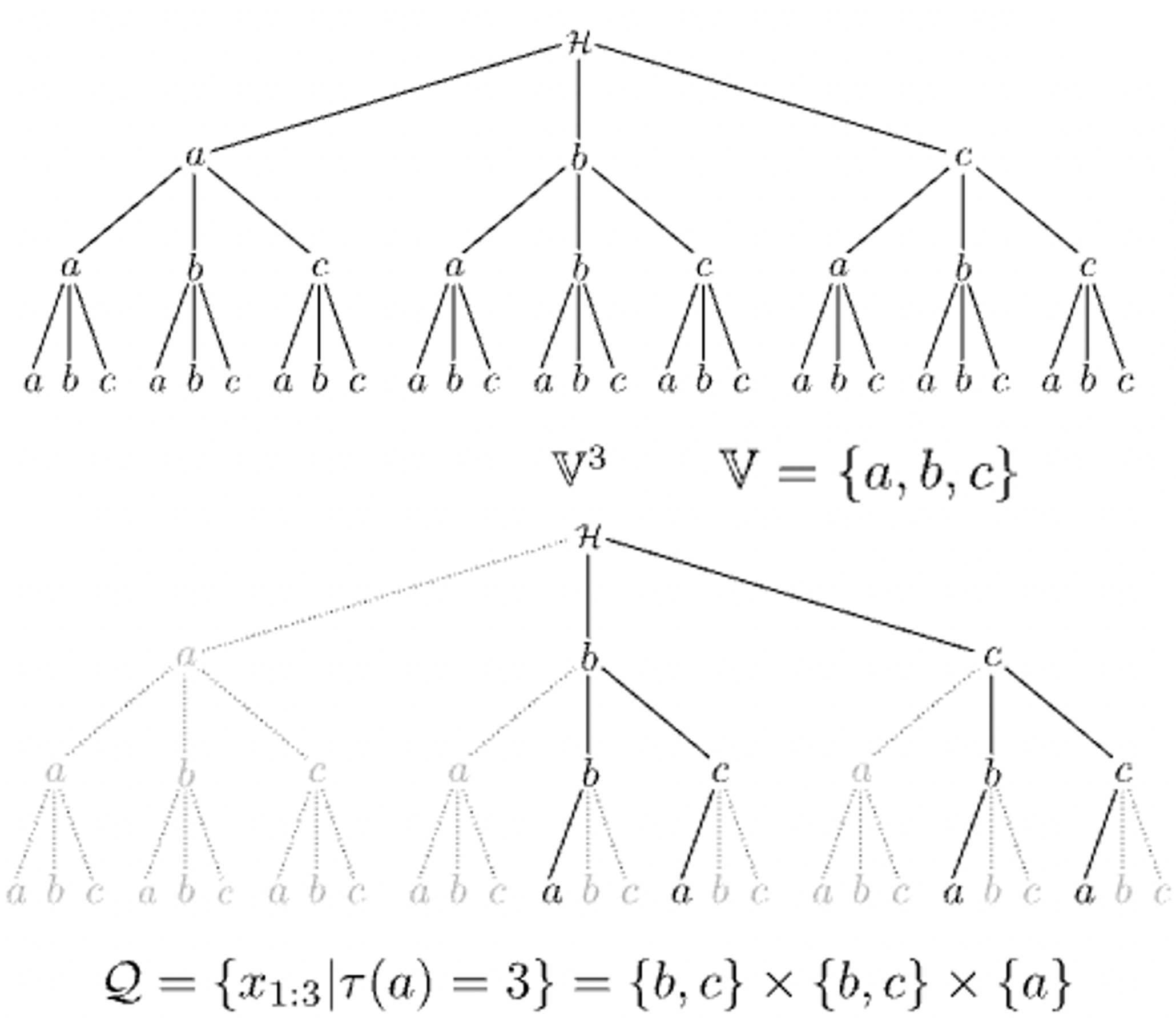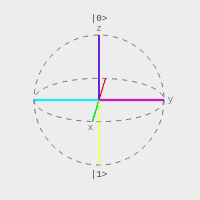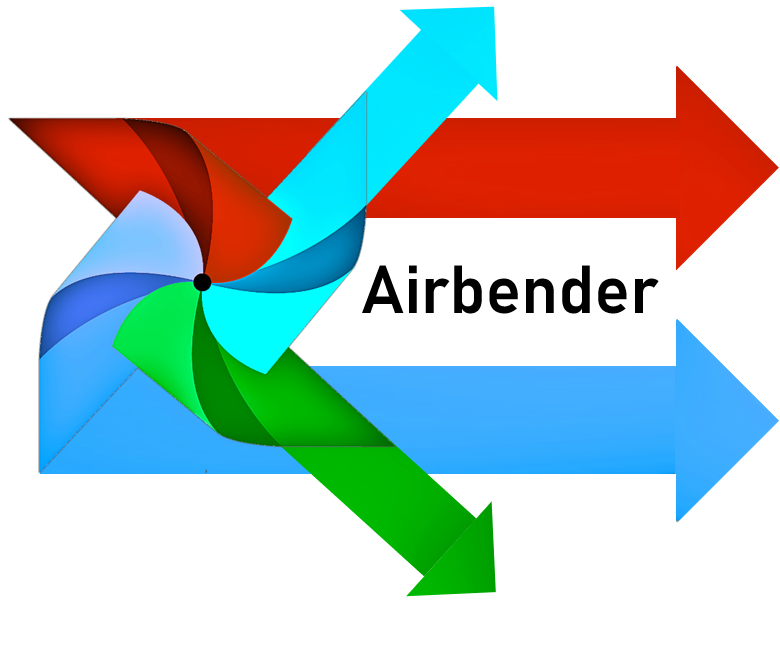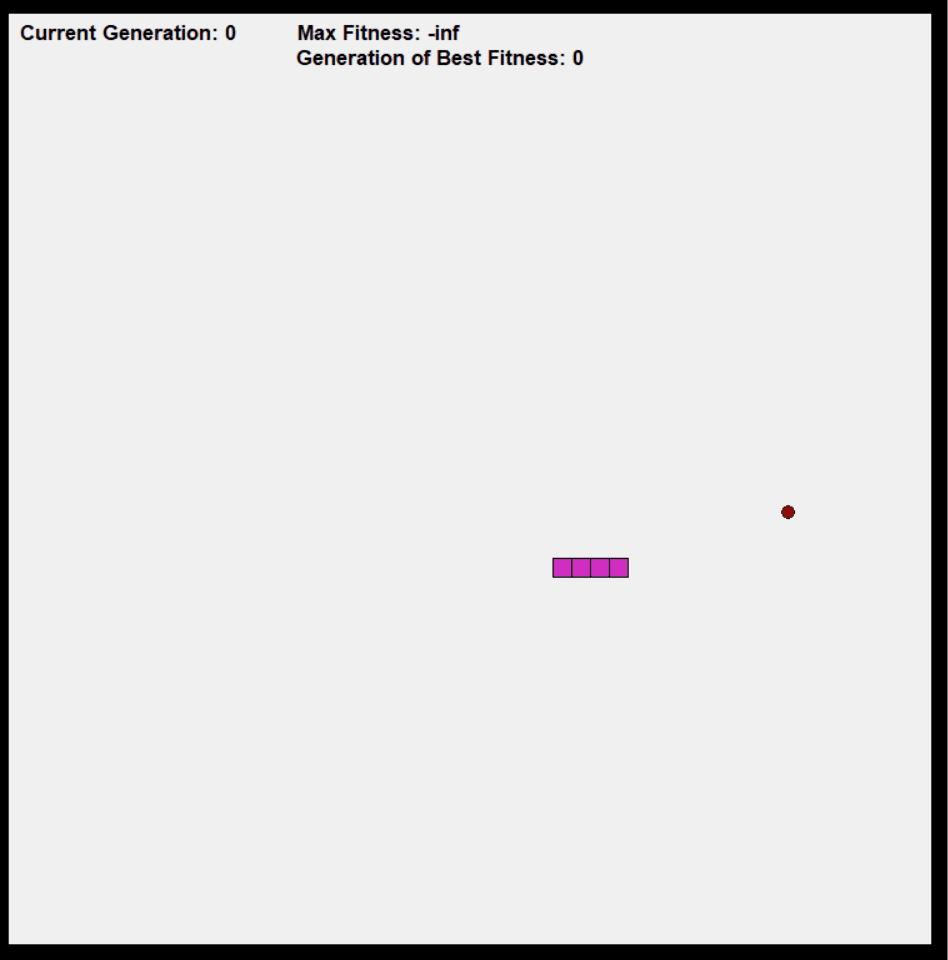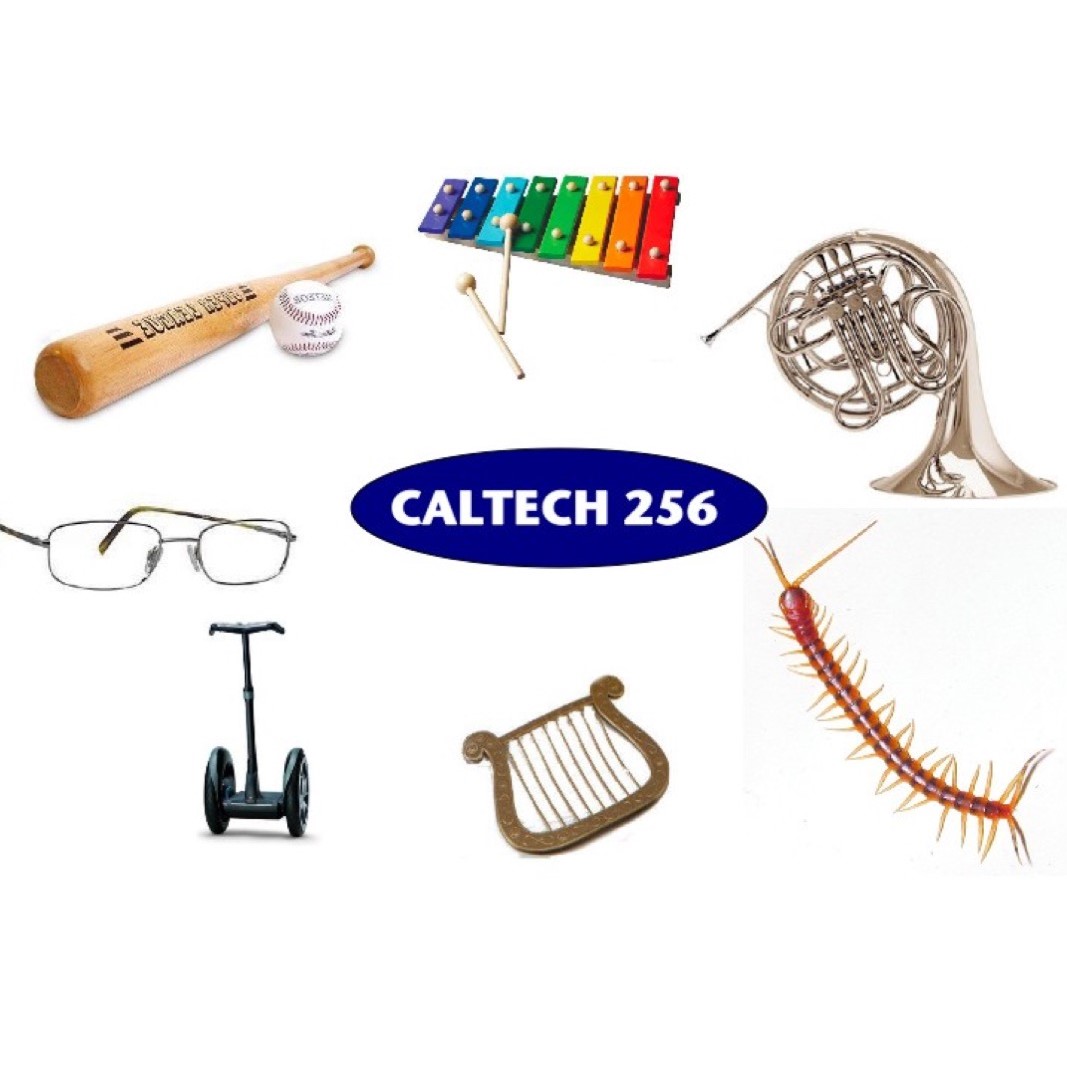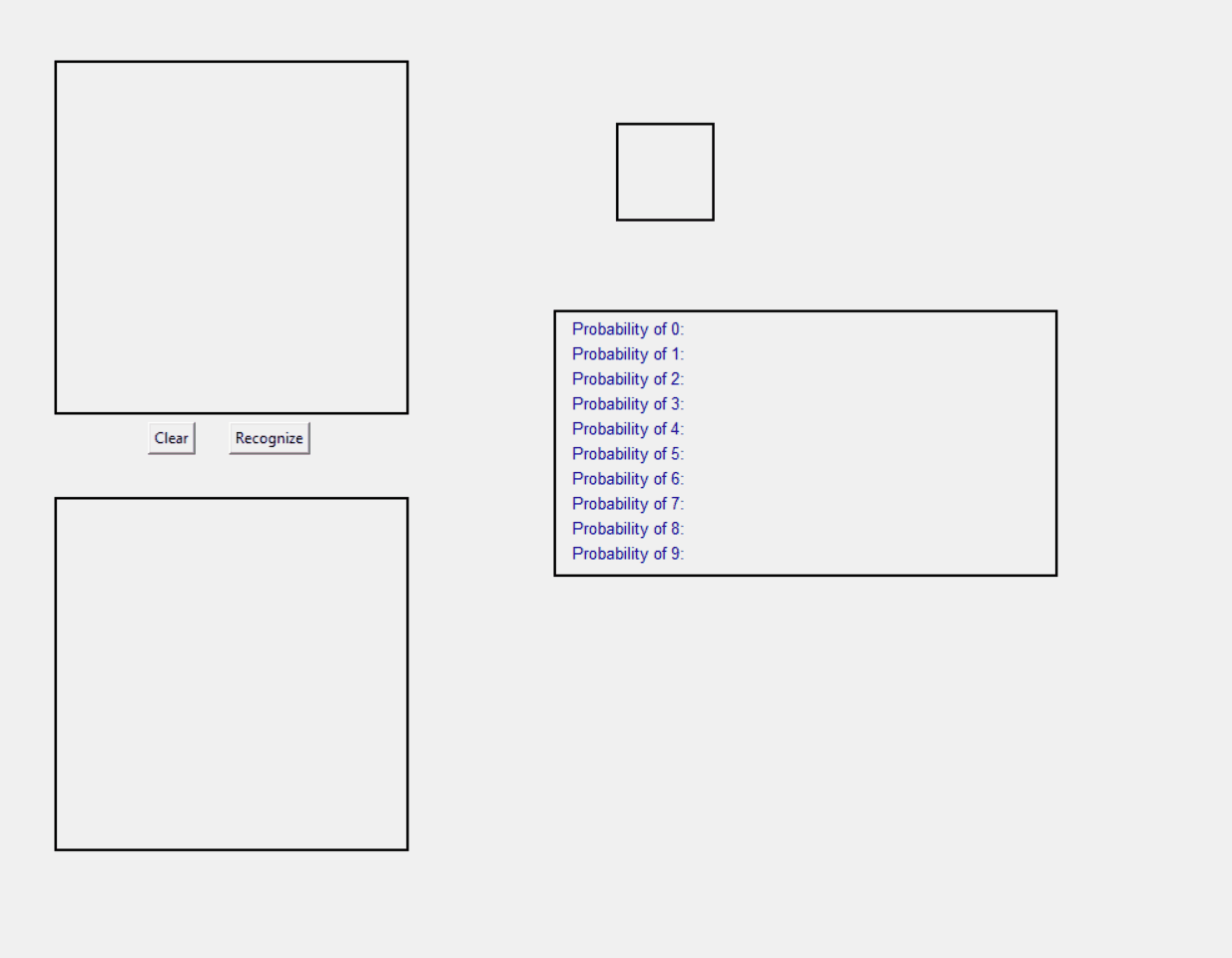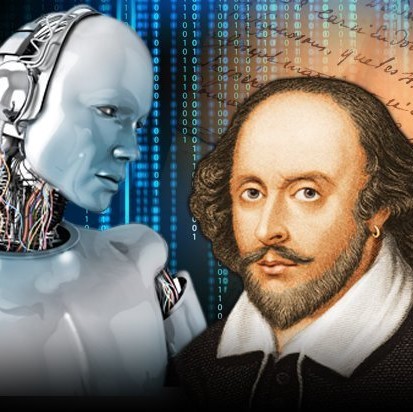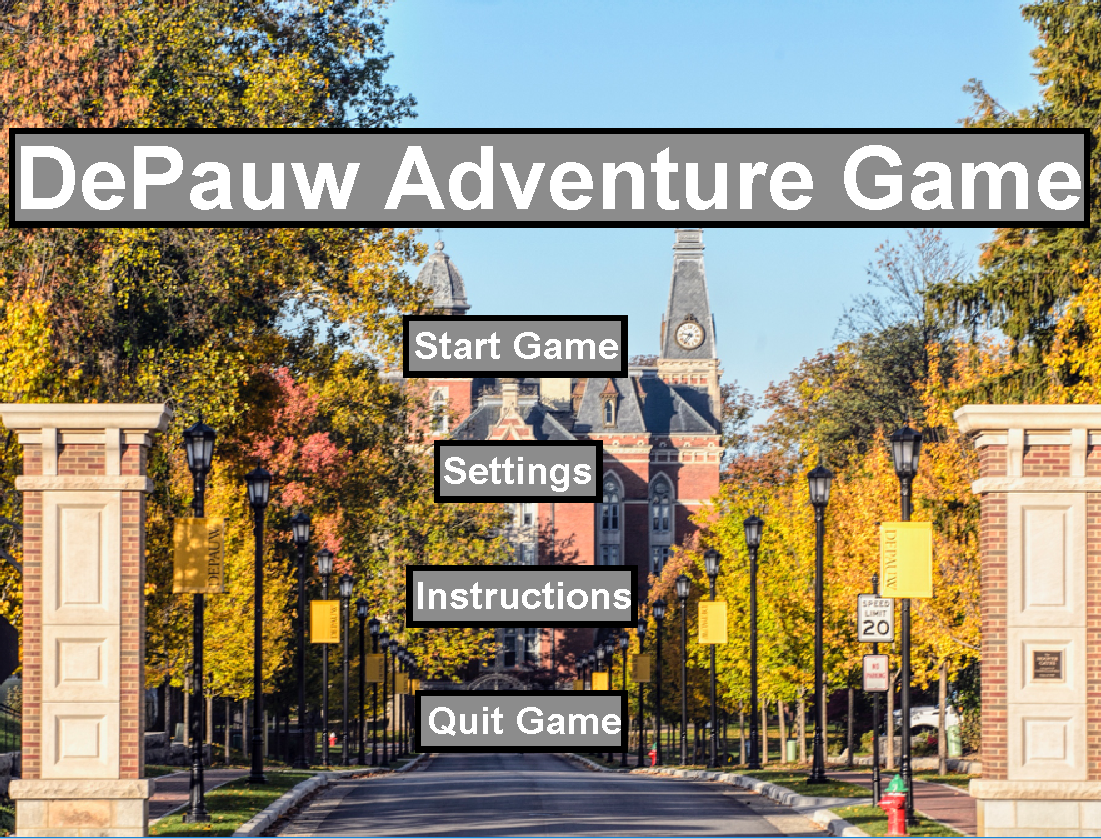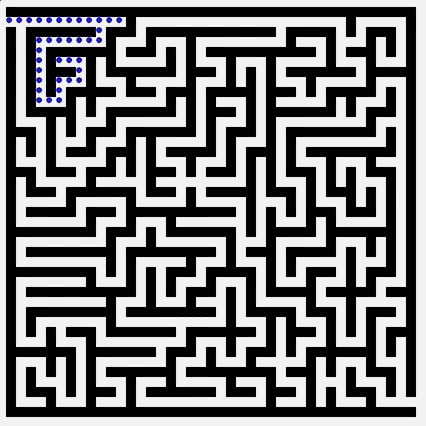Stripe
Machine Learning Engineer
Building machine learning systems to detect and prevent financial fraud.
Qualcomm AI Research
Machine Learning Researcher: Generative AI
Explored novel ways of conducting image editing with deep generative models, focusing particularly on diffusion generative modeling and its variants. My duties included conducting literature reviews, deriving new objective functions for image editing, and building software implementations / models to evaluate our theories.
Amazon Science (Personalization)
Applied Scientist: Personalization
Improve Amazon's ability to improve holistic online engagement (clicks, hearts, time on page, etc.) through multi-task learning. Implemented+evaluated several SOTA algorithms, achieving an average relative improvement of 10% over existing production baselines. Consolidated research code into MultiRec, a machine learning experimentation software package.
Stanford Research Institute (SRI), International
Machine Learning Researcher
Visiting research scientist at the Stanford Research Institute (SRI International). Developed CAMeLeon, a reinforcement learning competency assessment research package. CAMeLeon integrates many of the most popular reinforcement learning software packages and allows developers to easily train an agent and analyse its performance with a suite of competency-awareness metrics developed by SRI. See the Projects section below for more information.
West Monroe Partners
Technology and Data Science Consultant
Data Scientist working with large financial institutions. My largest project was a knowledge extraction and classification initiative for data privacy at one of the world's largest banks. I also completed demand forecasting and customer segmentation projects at other companies.
National Institute of Standards and Technology
Quantum Computing Research Fellow
Selected as one of 21 students to join the NIST laboratories of Boulder, Colorado. Developed quantum state tomography (QST) software to simulate qubit measurement by a computer. Assisted theoretical quantum information group with maximizing the fidelity of qubit measurements while minimizing decoherence. My simulation experiments identified QST failure modes when measured under different purity and optimization methods.
84.51°
Data Scientist: Merchandising Insights
Data Science arm of Kroger stores. Developed and outlier detection system in SQL to programmatically parse incoming A/B test data for executional errors. In-store A/B tests are difficult to conduct because holding extraneous variables constant is extremely difficult. Achieved 85% precision on known executional issues historically, saving analysts 4 - 8 hours per test.







